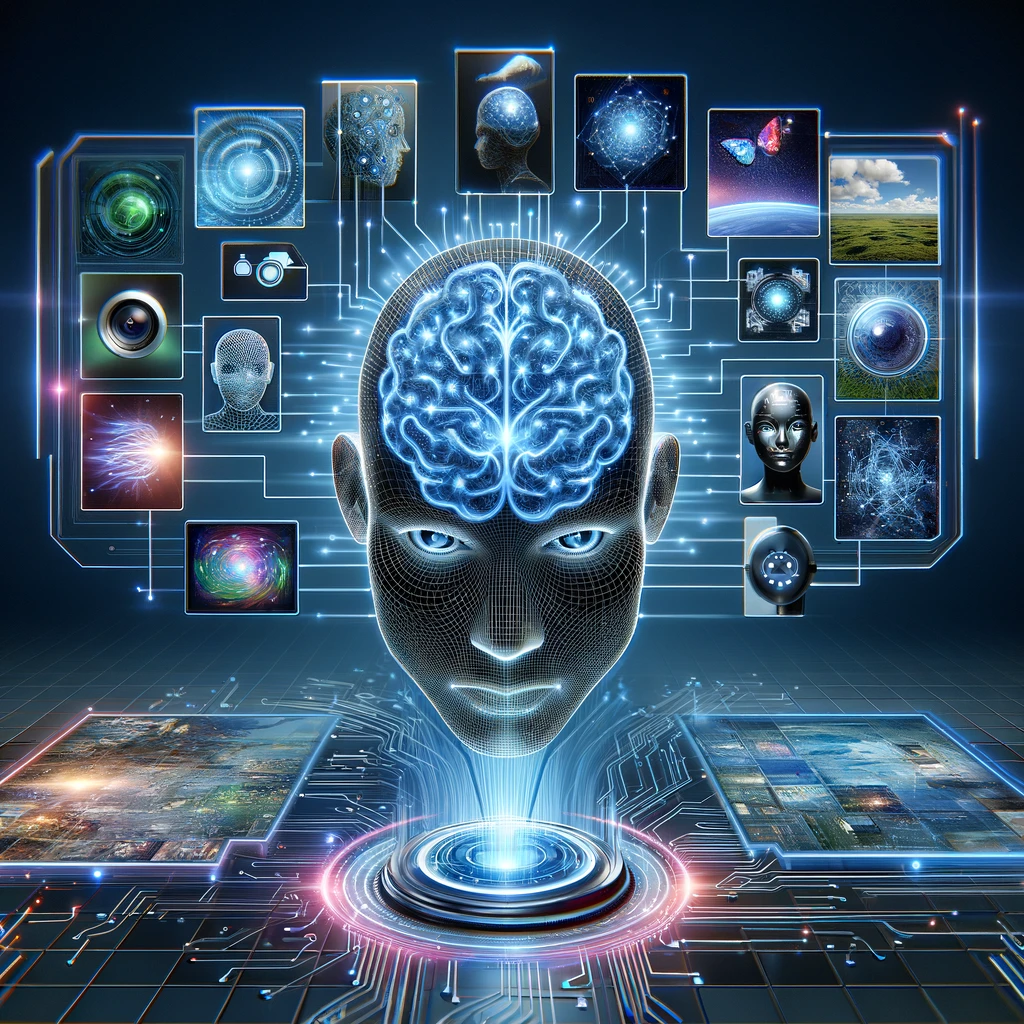Blog Introduction: In today’s world, technology has been a game-changer in various industries, including healthcare, finance, and transportation. One key aspect of technology that has accelerated rapidly is Artificial Intelligence, specifically Computer Vision. Computer Vision is the field of study aimed at enabling machines to interpret and understand digital images and video streams. In this blog post, we will dive into the definition of Computer Vision and why it is an essential aspect of Artificial Intelligence.
Definition of Computer Vision: Computer Vision is a subset of Artificial Intelligence that focuses on teaching machines how to interpret, understand, and analyze digital images. Essentially, it gives computers the ability to see and understand the world the way humans do. Computer Vision relies on image processing algorithms and artificial neural networks to recognize patterns, shapes, and objects in images.
Applications of Computer Vision: Computer Vision has a wide range of applications in various industries, including healthcare, transportation, finance, and manufacturing. For instance, in healthcare, it is used to identify early stages of diseases such as cancer and detect potential risks for patients. In transportation, Computer Vision enables self-driving cars to see and recognize obstacles and other vehicles on the road to enhance safety. In finance, it is used to detect fraudulent activities in banking transactions.
Computer Vision Techniques: There are various Computer Vision techniques available today, including Image Classification, Object Detection, and Semantic Segmentation. Image Classification focuses on categorizing images into predefined classes. Object Detection involves detecting and localizing objects in an image. Semantic Segmentation focuses on identifying specific pixels or regions in an image that belong to a specific object class. Each technique has a unique application, and they are often combined to achieve more accurate results.
Challenges in Computer Vision: Despite making significant progress over the years, Computer Vision still faces some challenges. One of the most significant challenges is the ability to interpret images accurately, especially in poor lighting conditions or complex backgrounds. Another challenge is the need for vast amounts of labeled training data, which can be time-consuming and expensive to achieve.
Future of Computer Vision: As technology continues to evolve rapidly, the future of Computer Vision looks promising. With advancements in AI and machine learning, we can expect better accuracy, speed, and efficiency in Computer Vision systems. This will lead to more significant advantages in various industries, such as healthcare, transportation, and manufacturing.
Wrapping Up
Computer Vision is an essential aspect of Artificial Intelligence that enables machines to understand and interpret digital images. It has a wide range of applications in various industries, including healthcare, finance, and transportation. As technology continues to evolve, we can expect more significant advancements in Computer Vision, providing more accurate, speedier, and efficient solutions to the challenges we face daily.

Leave a Reply